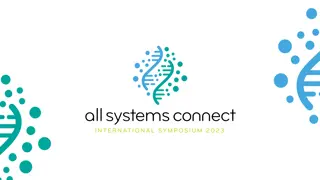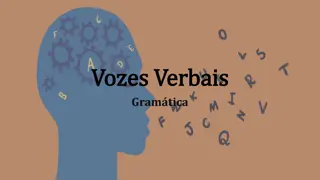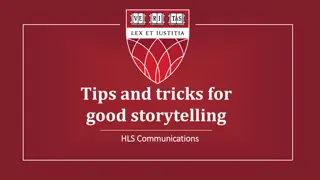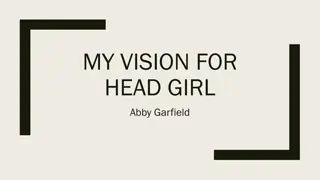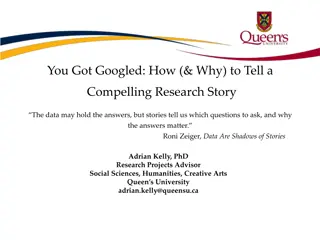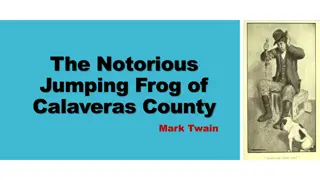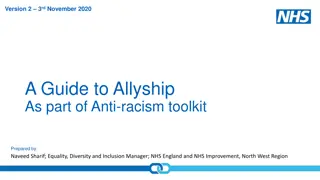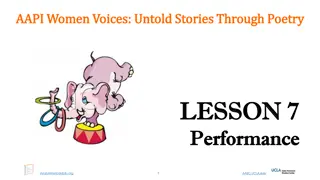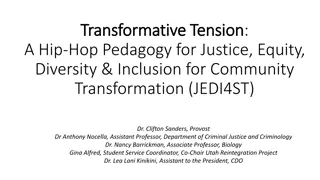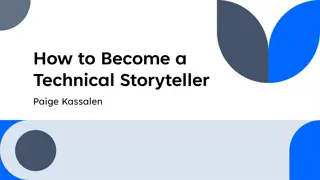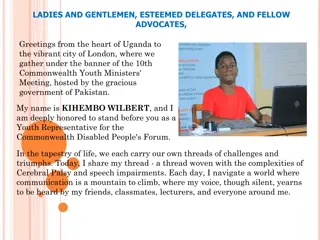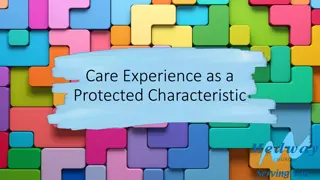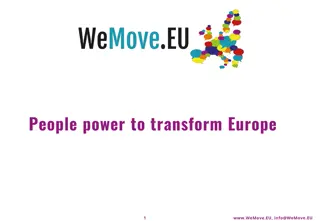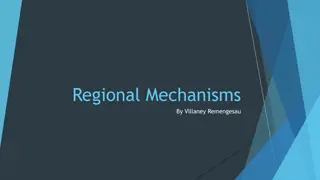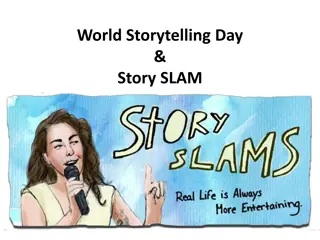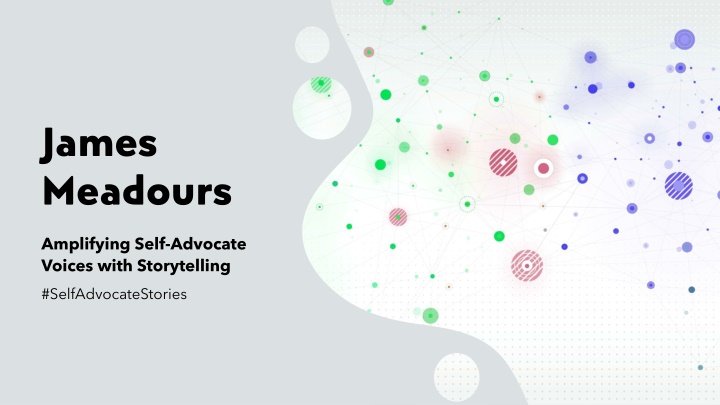
Amplifying Self-Advocate Voices with Storytelling
Explore how storytelling empowers self-advocates with intellectual and developmental disabilities (IDD) to share their experiences, build confidence, and educate others. Witness the impact of social media in amplifying these voices and fostering a supportive community. Join the movement of #SelfAdvocateStories today.
Download Presentation

Please find below an Image/Link to download the presentation.
The content on the website is provided AS IS for your information and personal use only. It may not be sold, licensed, or shared on other websites without obtaining consent from the author. If you encounter any issues during the download, it is possible that the publisher has removed the file from their server.
You are allowed to download the files provided on this website for personal or commercial use, subject to the condition that they are used lawfully. All files are the property of their respective owners.
The content on the website is provided AS IS for your information and personal use only. It may not be sold, licensed, or shared on other websites without obtaining consent from the author.
E N D
Presentation Transcript
James Meadours Amplifying Self-Advocate Voices with Storytelling #SelfAdvocateStories
Amplifying Self-Advocate Voices with Storytelling No Path to Follow Often there is no guide for people with IDD to follow. Just like typically-developing people, people with IDD learn better from peers or others with shared experiences. When people with IDD identify with mentors, it can help them feel less lonely and isolated, find support, and learn from others. #SelfAdvocateStories
Amplifying Self-Advocate Voices with Storytelling Seen and Heard: IDD Community What is Seen and Heard: IDD Community? Self-advocates using smart phones to make videos Posting videos on social media Talking about prevention and recovery from sexual assault , healthy relationships, and sexuality Teaching self-advocacy Why? People with IDD may not know about sexual assault, healthy relationships, and sexuality. Family and friends can learn how to support people with IDD. #SelfAdvocateStories
Amplifying Self-Advocate Voices with Storytelling Giving a Voice to Students Students sharing their stories can help them: build self-confidence become empowered set and respect boundaries heal become strong self-advocates Using a variety of student voices can show that not everyone is the same. Students with IDD can learn from peers. Other students do this, but often students with IDD lack those important peer relationships. #SelfAdvocateStories
Amplifying Self-Advocate Voices with Storytelling Social Media as a Storytelling Tool Why social media? Many young people are already comfortable using social media. Social media can help peers connect over distance or when homebound. Students can create stories using simple technology like smartphones and social media apps. Sharing stories on social media helps people find others who have lived experience. These stories give family and friends a way to listen and learn from self-advocates. In the classroom, teachers can show how to safely use social media in a positive way. #SelfAdvocateStories
Amplifying Self-Advocate Voices with Storytelling Learn More Find Seen and Heard: IDD Community on social media and learn more about the work we are doing for self-advocates. www.selfadvocatecentral.org This work is supported by the Texas Council for Developmental Disabilities through a grant from the U.S. Administration for Community Living (ACL), Department of Health and Human Services (HHS), Washington, D.C. 20201, with a 100% federal funding award totaling $5,907,507. Council efforts are those of the grantee and do not necessarily represent the official views of nor are endorsed by ACL, HHS, or the U.S. government. #SelfAdvocateStories

